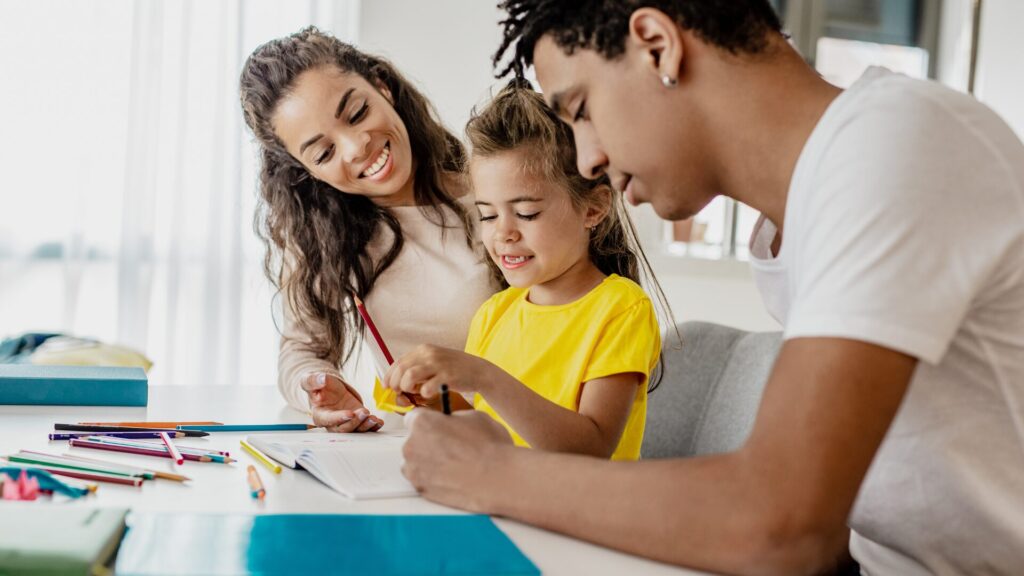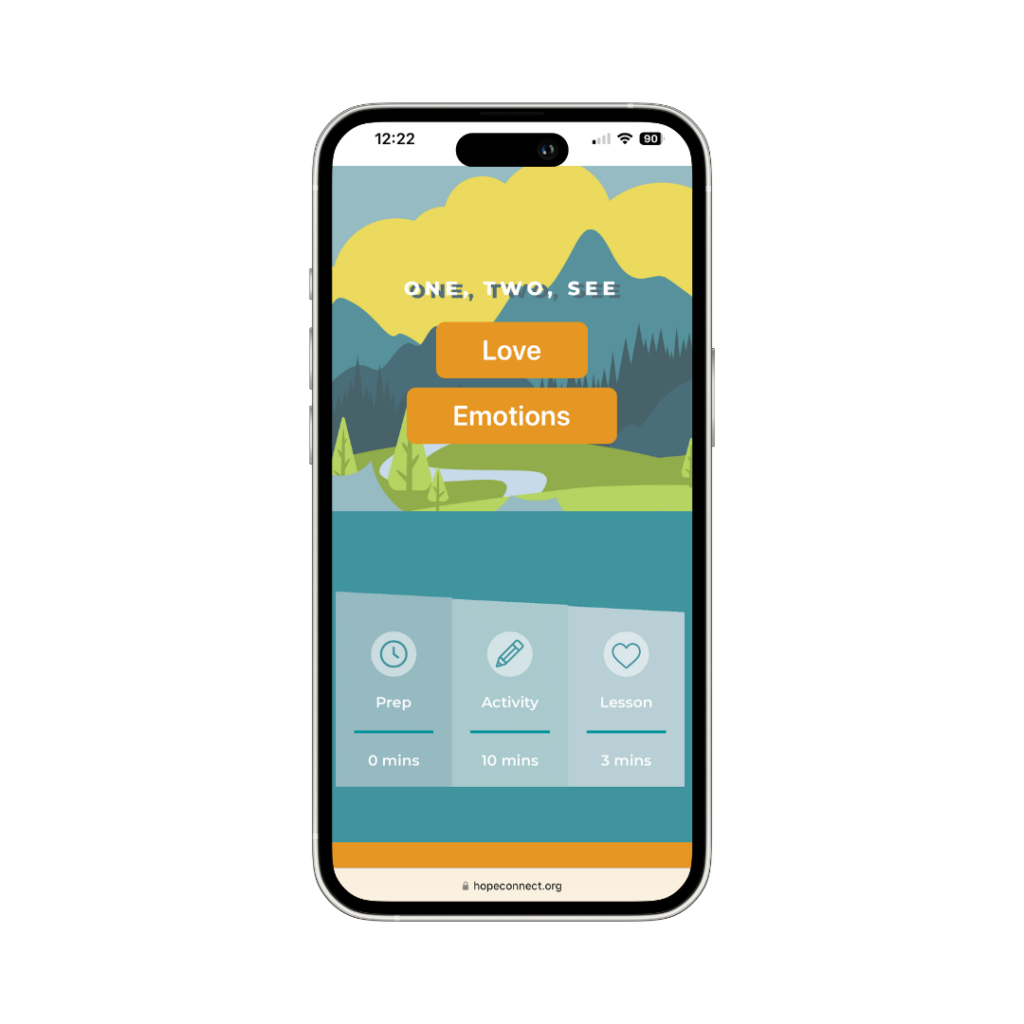As parents, one of our greatest responsibilities is teaching our children the skills and habits they need to be successful in the real world — especially how to manage their emotions!
If your children struggle to keep their emotions in check and process them in a healthy way, you’re not alone. Read on to learn about the best co-regulation techniques you can use to help your child learn how to productively and safely work through their emotions.
What are co-regulation techniques?
Co-regulation is what happens when two or more people work together to regulate their emotions. In our roles as parents, this means we help our children identify their emotions and find appropriate ways to process what they’re feeling.
When we use co-regulation techniques with our children who have experienced trauma, we help to create a helpful and loving environment where they feel safe. As a result, our children are more likely to thrive.
Co-Regulation for Any Age
When you first think of helping children manage their emotions, toddlers might come to mind. Co-regulation techniques are helpful at this age since young children have some tools to self- soothe. However, they still depend on their parents for support as they work towards being able to self-regulate independently.
As children develop the ability to self-regulate, it does not mean they will no longer need the comfort of a supportive hug or a calming voice to help them navigate challenging emotions. While their needs may evolve as they grow older, it is not uncommon for older children, including teens and tweens, to occasionally feel overwhelmed by their emotions. This is especially true for adolescents who have experienced trauma or toxic stress, as they can benefit from co-regulation support just as much as younger children.
How to Co-Regulate with Your Children
Co-regulation might sound complicated, but it’s actually quite simple. In fact, you’re probably using some co-regulation techniques already. Here are examples of some:
- Labeling Emotions. Help your child name their emotions (e.g., “I see you’re feeling angry. Can we talk about it?”). Use a feelings chart if needed.
- Physical Connection. Offer a hug, hold your child’s hand or gently place a hand on their shoulder. These actions provide a sense of safety and security, which can help regulate emotions.
- Praying. Throughout the Bible, God promises to give us help in our times of stress. Encourage your child to ask God for the strength and skills they need to regulate their emotions.
When co-regulating with your child, focus on sharing and modeling self-regulation techniques. By demonstrating how you manage your own emotions and guiding them through these strategies, you can help them build the skills they need to regulate their emotions independently.
KEY TAKEAWAY
Practicing co-regulation techniques with our children teaches them to process their emotions in a safe and healthy way. As parents and caregivers, we can incorporate these practices with our children in our everyday lives.
The Lord hears his people when they call to him for help. He rescues them from all their troubles. The Lord is close to the brokenhearted, he rescues those whose spirits are crushed.
~ Psalm 34: 17,18 (NLT)
APPLICATION
If your children are struggling to manage their emotions, why not make a game out of it and play emo-ME? This simple game makes it easy for children to talk about their most complex feelings.
Find it now in the Everyday MomentsTM activities collection!




